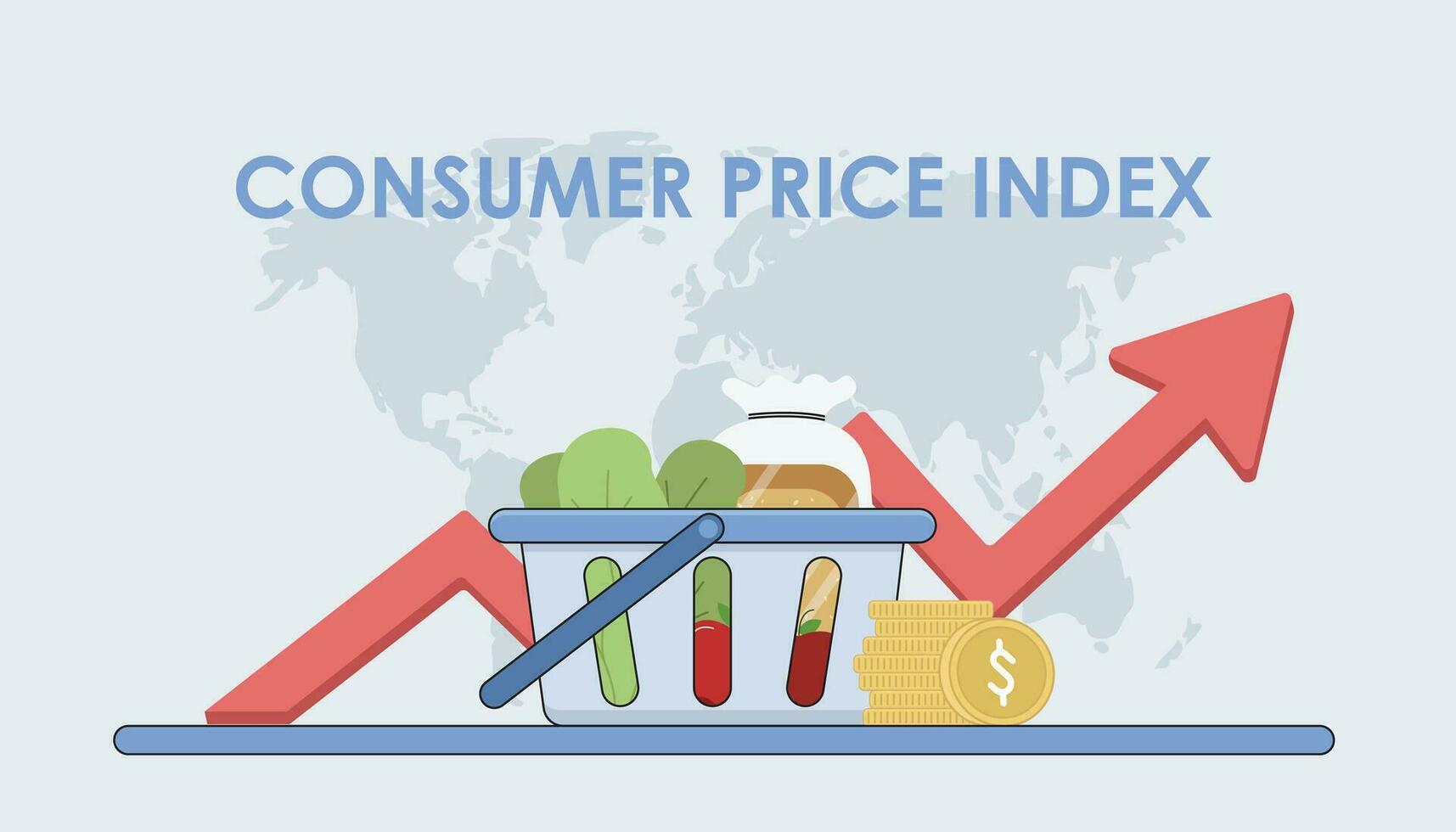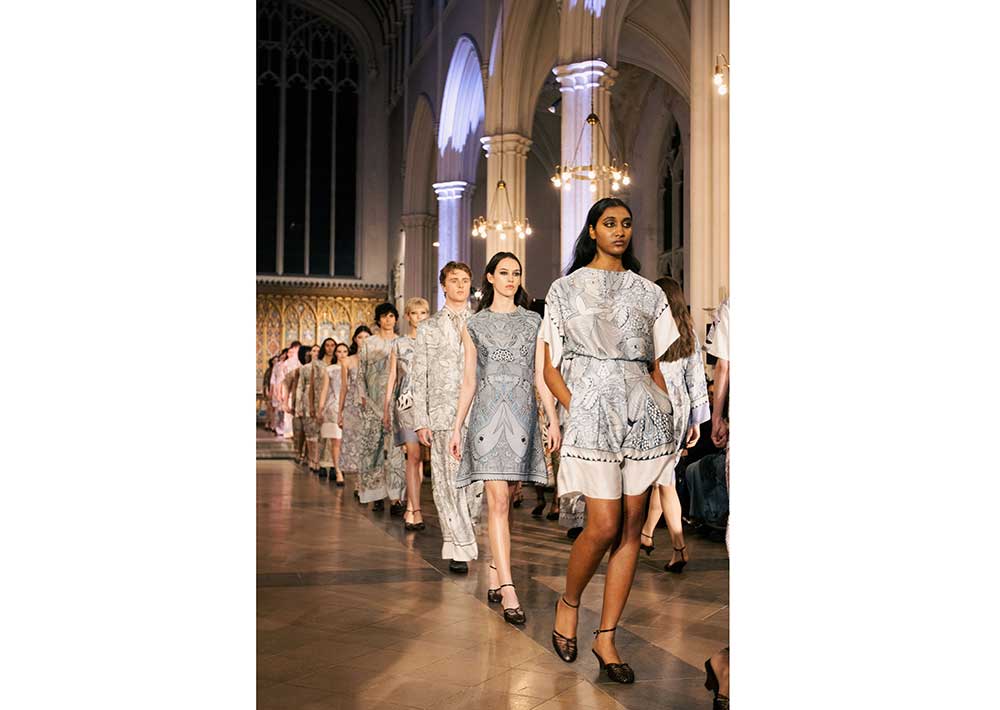
Drop in H&M's US sales that has almost 500 stores across the country, is not an isolated incident. The retail giant's struggles are a symptom of a larger trend sweeping across the US a significant shift in consumer behavior driven by economic anxieties and a growing interest in sustainability. As inflation continues to squeeze wallets and concerns about environmental impact rise, Americans are re-evaluating their spending habits, particularly when it comes to apparel.
Thrifting takes center stage
Once considered a niche market, secondhand shopping is experiencing explosive growth. A recent report by online thrift store ThredUp paints reveals the US secondhand apparel market is projected to reach $150 billion by 2028, a 50 per cent increase from its current $100 billion valuation. What’s more consumers plan to purchase 7 per cent less new apparel in 2024 compared to 2023. And 55 per cent consumers surveyed said they would allocate a larger portion of their apparel budget to secondhand clothing if the economy doesn't improve.
No wonder, H&M's third-quarter earnings for 2024 saw a 3 per cent drop in net sales across all regions and a 2 per cent decline in North and South America, compared to the same period in 2023. The company's operating profit also decreased 26 per cent. H&M CEO Daniel Ervér attributed this downturn to high living costs and global economic downturn impacting consumer spending. H&M is now looking to close 200 stores globally in 2024, primarily in established markets.
H&M is not alone in facing these challenges. Other major retailers, including Macy's and Gap, have also reported declining sales and announced store closures in recent months. Macy’s the department store chain recently announced plans to close 125 stores over the next three years and cut 2,000 corporate jobs. And clothing retailer Gap reported 8 per cent drop in net sales in the second quarter of 2024 and announced plans to close approximately 350 stores by the end of 2023.
While economic concerns are a significant driver why secondhand clothing is catching up, other factors are also at play. Consumers, particularly younger generations, are increasingly conscious of the environmental impact of fast fashion. Secondhand shopping aligns with their values of sustainability and reducing waste. Shoppers are actively seeking value and deals, making them more price-sensitive and less brand-loyal.
The future of retail
This evolving consumer landscape presents both challenges and opportunities for retailers. To remain competitive, businesses must adapt to these changing preferences by first embracing circularity. They need to explore resale programs and initiatives that promote the longevity of their clothing. Prioritize value and sustainability by offering high-quality, durable products that appeal to conscious consumers. And enhance customer experience by creating engaging and personalized shopping experiences that foster loyalty.











